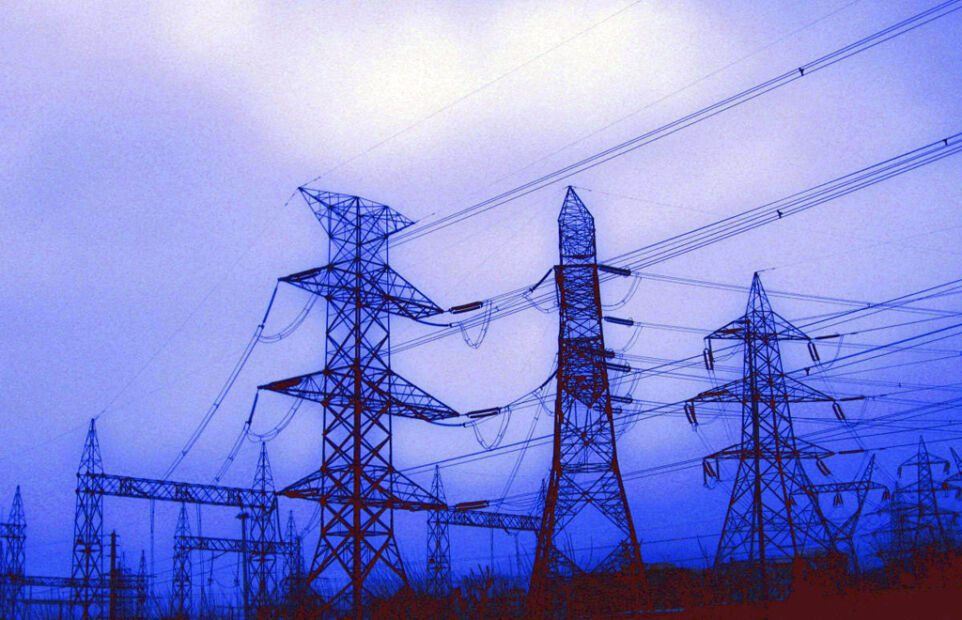Utilities see security as most exciting IoT technology
- March 28, 2023
- Steve Rogerson

Energy security is the most exciting area of IoT technology development, according to the Wi-Sun Alliance’s smart utilities survey.
Energy security tops the list of the most exciting areas of smart utility development, ahead of climate-related and disaster management technologies. This is according to a recent survey among senior professionals at US utility companies, and interviews at last month’s Distributech utility industry event.
Commissioned by the Wi-Sun Alliance, a global association of companies driving the adoption of interoperable wireless for use in smart utilities and smart cities, the survey asked 250 respondents about changes in the utilities industry, including the most exciting smart and IoT technology developments in the next 12 months.
Energy security was seen as very exciting for 79% of respondents, more so than the development of smart buildings and infrastructure (75%), weather and climate (73%) and disaster management (69%) systems. This is at a time when concerns are high among policy makers and industry leaders because of major economic and geopolitical turmoil, such as the war in Ukraine, putting energy supplies at risk.
The energy sector is also facing a growing number of cyber attacks, with recent attacks aimed at ageing scada systems, as well as an increasingly interconnected energy infrastructure that is opening up opportunities for attackers to access systems and disrupt operations.
The US Government Accountability Office (GAO) recently noted that nations and criminal groups posed the most significant cyber threats to US critical infrastructure, according to the Director of National Intelligence’s 2022 Annual Threat Assessment. “These threat actors are increasingly capable of attacking the grid,” it said.
Jeffrey Tufts, global director of utilities at Cisco, added: “Energy security and particularly cyber security is what we are being asked about most right now. The need to secure energy infrastructure has never been more important and will be an area of significant investment – in terms of pilots and adoption – over the next year or two.”
And Jeff Scheb, director of product management at Landis+Gyr, said: “The global rise in cyber attacks means that everything is under scrutiny. As systems become more connected and automated, ensuring security across all network connection points is the first priority during design and implementation.”
Scheb added that connectivity with smart buildings and infrastructure was important because more grid-edge intelligence and connectivity were necessary to manage a dynamic energy distribution system.
Ty Roberts, VP of product marketing at Itron, said: “Ensuring the security of our energy and water distribution networks is a critical factor in utility modernisation that cannot be overlooked. As utilities and cities face a growing risk of cyber attacks, investments in modern, highly secure and standards based industrial IoT networks can help safeguard critical infrastructure while providing a scalable platform for future growth.”
The survey highlights the need for proven security and reliability for smart utility networks, with 83% of respondents acknowledging that this is very important, more so than customer acceptance (75%), open standards (69%) and multi-vendor interoperability (69%).
More pilot projects and implementations (75%), and greater co-operation between public and private sectors (72%) are important to help drive development and innovation in the sector, while 70% of respondents believe more government funding and legislation are important.
Almost three-quarters (74%) of survey respondents believe electric vehicle charging will be the biggest focus for utilities when it comes to smart grid deployments in the next six to eleven months. Outage management, advanced metering infrastructure (AMI) and distributed energy resources (DER) are also priorities for utility professionals (71%).
Around three-quarters (74%) of respondents acknowledge that a hybrid of two or more communications networks technologies – including cellular, power line communication, RF mesh and wifi – will be very important for future smart utility development.
Wi-Sun Alliance’s Journey to IoT Maturity report published in 2022 highlighted security as one of the top three barriers to IoT adoption for around a quarter of senior decision makers across industries.
“While this figure was lower than our first report five years earlier, security is still very much a concern,” said Phil Beecher, CEO of the Wi-Sun Alliance. “We also saw a rise in concerns over data privacy, understandably, with more legislation around data protection. IoT initiatives are increasingly generating huge volumes of data and, while this information may be made entirely secure by design, risks remain.”
Censuswide conducted an online survey of 250 senior decision makers working in IT, operations and production at US utilities in January 2023, supplemented by interviews at Distributech, an event for utilities and technology providers in San Diego, California, in February 2023.
The Wi-Sun Alliance is a global non-profit member-based association. Its mission is to drive the proliferation of interoperable wireless for use in smart cities, smart grids and other IoT applications using open global standards from organisations, such as IEEE, IETF, TIA, TTC and Etsi. With 300 members worldwide, the Wi-Sun Alliance is open to all industry stakeholders and includes silicon vendors, product vendors, services providers, utilities, universities, enterprises, municipalities and local government organisations.




